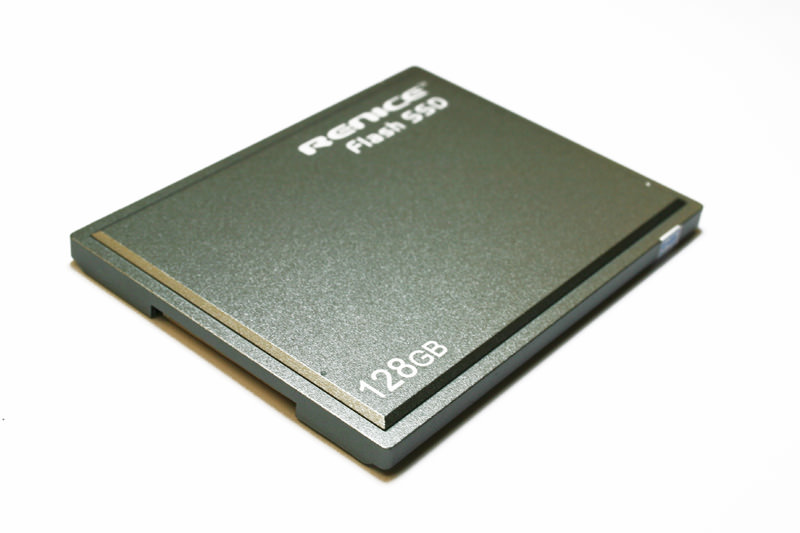
The process to check your SSD health on your Mac is straightforward and takes about a minute.ġ. Check Your SSD Health Using SMART Status System Reports This helps macOS keep track of the SMART status of all your drives by default, and there are several tools that read this status with varying levels of detail. Self-Monitoring, Analysis and Reporting Technology (SMART) is an automated self-test system for SSDs and more traditional HDDs. You can predict and plan for both failure types in advance based on certain characteristic failure patterns. As such, it pays to keep an eye on the health of a drive that might fail without warning.

When it reaches the limit, it will suffer total failure and no data recovery is possible. but the flash memory used in SSDs can only survive a certain number of write cycles. They still have the same high rates of early failure. This process could be awhile, depending on how much data you had backed up, so make sure that you have your laptop plugged into power somewhere that you can leave it for several hours at least.On the other hand, SSDs show a different failure curve. Select your drive from the startup options, and follow the instructions. Select Reinstall from Time Machine Backup. Once you get back to the Recovery mode window, insert your backup drive. (That's a note for all of you stumbling upon this blog in the future, when the OS X is 10.17 Purple Octopus.) Because the internet lives forever.) Basically, unless your computer is brand new, you are going to have to install from Internet Recovery, and continue to upgrade until the OS X is again current. The computer I was working with had been purchased with Maverick installed, so I had to install that first, then upgrade to High Sierra (what is this, 2018? Why yes, yes it is.

Step 12.5: Install operating systemĭepending on when you purchased your MacBook Air, you may have to install the original OS X from Internet Recovery and all subsequent OS X updates until you get to the system your computer was running before you started this whole mission. Only trouble can be caused from here past this point. Let Disk Utility do its job, and then get the heck out.


 0 kommentar(er)
0 kommentar(er)
